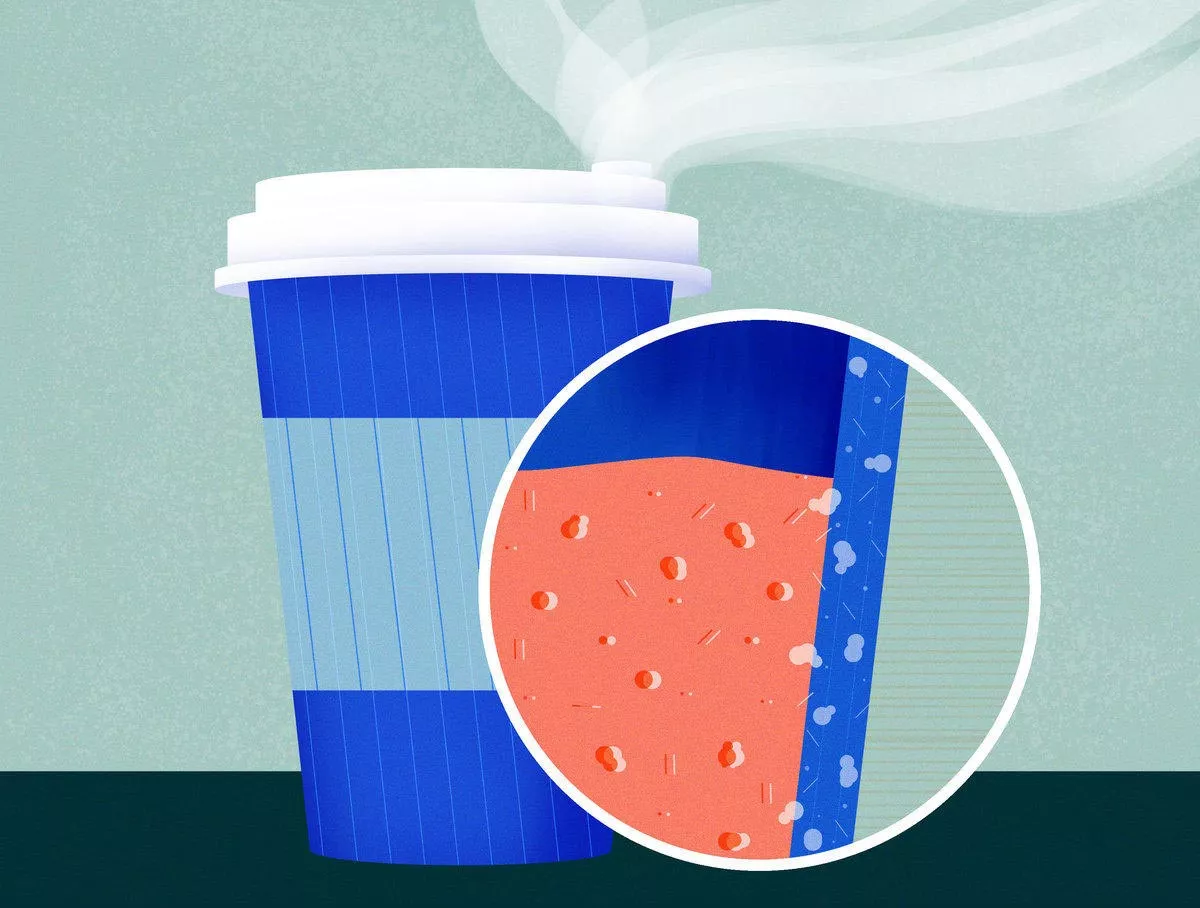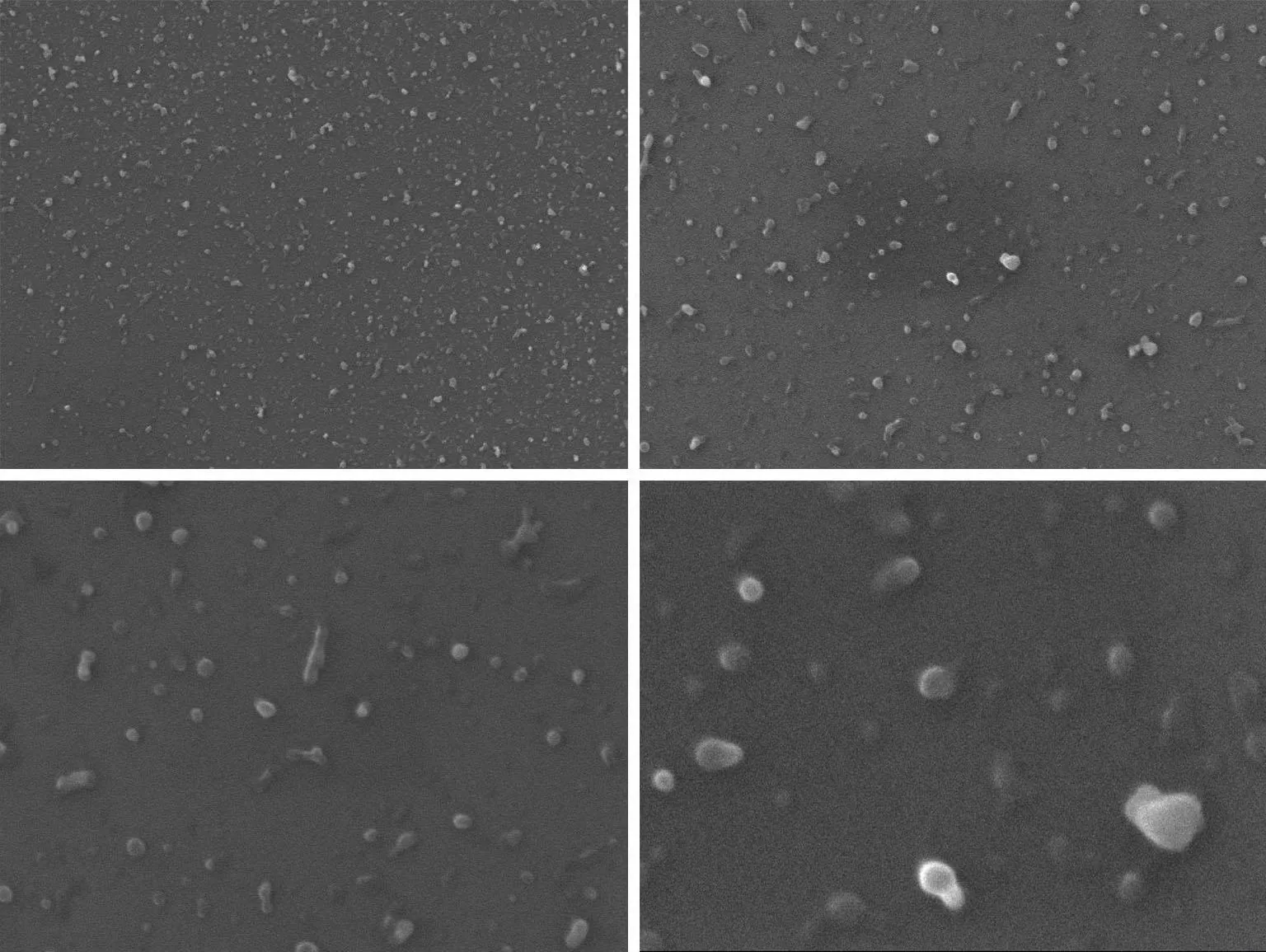Plastic is everywhere around us, from grocery bags we use in supermarkets to household items such as shampoo and detergent bottles. Plastics exist not only as large objects, but also as small particles released from these large products. These microscopic plastics will eventually appear in the environment, and they can also be ingested into our bodies.

Now, scientists at the National Institute of standards and Technology (NIST) have analyzed some widely used consumer products to better understand these micro plastics. They found that when these plastic products were exposed to hot water, they released trillions of nanoparticles per liter into the water.
NIST researchers recently published their findings in the scientific journal Environmental Science and technology.
"The main lesson here is that there are plastic particles everywhere we look. There are a lot of them. There are trillions of them per liter. We don't know if they have bad health effects on people or animals. We just have high confidence in their existence," said Christopher zangmeister, a NIST chemist.
Although there are many different types of plastic materials, they are all composed of polymers, which are natural or man-made substances connected by macromolecules. Scientists have found microscopic particles of these large plastics in many environments, including the ocean. The researchers divided them into two categories: Micro plastics and nano plastics.

Micro plastics are generally considered to be less than 5mm long and can be seen with the naked eye, while nano plastics are less than one millionth of a meter (1 micron), and most of them can not even be seen with a standard microscope. Recent studies have shown that some consumer products containing or interacting with liquids, such as polypropylene (PP) baby bottles and nylon plastic tea bags, release these plastic particles into the surrounding water.
In their study, NIST researchers observed two types of commercial plastic products: food grade nylon bags such as baking pads and disposable hot drink cups such as coffee cups. The drink cups they analyzed were coated with low-density polyethylene (LDPE), a soft, flexible plastic film commonly used as a lining.
LDPE lined beverage cups were exposed to water at 100 degrees Celsius for 20 minutes.
To analyze the nanoparticles released from these plastic products, researchers first need to determine how to detect them. "Imagine a cup of water in an ordinary take away coffee cup. It may have hundreds of millions of particles, and we'll need to figure out how to find these nanoplastics," zangmeister explained. "It's like looking for a needle in a haystack."
Zangmeister and his colleagues had to use a new method. "We used a method to spray the water in the cup into a fine mist, and then dry the mist and everything left in the solution. Through this process, the nanoparticles are isolated from the rest of the solution."
It is reported that the technology itself has been used to detect small particles in the atmosphere. "So instead of reinventing the wheel, we're applying it to a new field," zangmeister said.
After the water mist is dried, the nanoparticles are classified according to their size and charge. Then, researchers can specify a specific size, such as nanoparticles of about 100 nm, and then put them into a particle counter. These nanoparticles are exposed to the hot steam of butanol, an alcohol, and then rapidly cooled. As alcohol condenses, particles expand from nano to micron, making them easier to detect. This process is automated and is run by a computer program that counts the particles.
Researchers can also determine the chemical composition of nanoparticles by placing them on the surface and then observing them with scanning electron microscopy, which uses a beam of high-energy electrons to image samples with high resolution, and Fourier transform infrared spectroscopy, which is a technology to capture the infrared spectrum of gases, solids or liquids.
By using all these technologies together, researchers can have a more comprehensive understanding of the size and composition of nanoparticles.
In the analysis and observation, the researchers found that the average size of nanoparticles is between 30 nm and 80 nm, and few exceed 200 nm. In addition, the concentration of nanoparticles released into hot water by food grade nylon is six times higher than that of disposable beverage cups.
"Over the past decade, scientists have found plastic everywhere we look at the environment," zangmeister said, "Microplastics larger than about 100 nanometers have been observed in the snow of Antarctica and at the bottom of glacial lakes, which means that they may not be small enough to enter cells and cause physical problems... Our research is different, because these nanoparticles are really small, which is a big problem, because they may enter cells and destroy their functions." In addition, he stressed that no one is sure that this will happen.
The FDA regulates plastics that come into contact with the food we eat or the water we drink. The agency has developed standards and safety measures to determine what is safe. FDA researchers rigorously tested these plastics and measured the loss of plastic quality when exposed to hot water. In the study, the researchers found that the quality was lost by one tenth, which was much lower than the safety limit currently considered by the FDA.
Zangmeister pointed out that there is no commonly used test to measure LDPE released into water from samples such as coffee cups, but there is a test for nylon plastics. The results of this study may help develop such tests. At the same time, zangmeister and his team also analyzed other consumer goods and materials, such as fabrics, cotton polyester, plastic bags and water stored in plastic pipes.
The results of this study, combined with the analysis results of other types of materials, will open up a new way for future research in this field. "Most of the research on this topic is written in the direction of educating scientists," zangmeister said. "This paper will do both: educating scientists and public publicity."